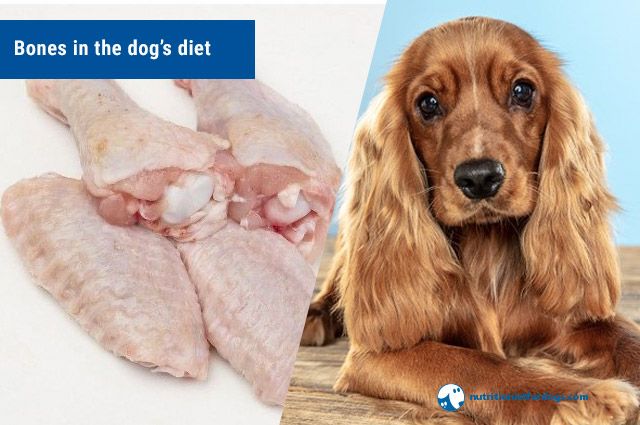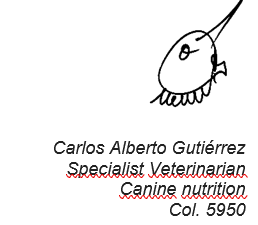
A recurring question in the veterinary clinic regarding the nutrition of our dogs is related to bones. I always recommend them.
Despite the classic cartoonish image of the dog chewing or burying a bone, there is an unfounded fear of including bones in a dog’s diet.
Having a dog eat raw bones as part of its diet is one of the healthiest and best things we can do for our friend.
The dog in nature and for thousands of years was a hunter that fed mainly on the prey it caught, crushed the bones and thus obtained the calcium and phosphorus necessary for its bone structure, in addition to other minerals that we will see later.
There are few dogs that can resist nibbling at the meat surrounding the bone or fighting with the ligaments tightly attached to it. Not to mention the delicious marrow that drives them crazy. It is true that we must take certain precautions and introduce them little by little -especially if they are adults and have never eaten them-, until they become a healthy habit.
Before getting into this healthy habit, let’s take a look at some interesting facts and details that will help us understand the importance of their inclusion in our diet:
On average, beef or pork bones contain 23 to 32% calcium, 13 to 15% phosphorus, 6 to 8% protein and 7 to 10% moisture. But not only that, they are also a source of sodium (5.5%), iron (2.6%), magnesium (0.3%), zinc (0.1%) and some amino acids such as lysine and methionine.
Believe it or not, bones are a source of fatty acids present in the bone marrow (marrow) and with more polyunsaturated fatty acids and phospholipids than intramuscular and subcutaneous fat (Ockerman and Hansen, 2000).
People’s main fear is related to perforation of the intestinal tract. There is a rule to avoid this in 99% of the cases: NEVER GIVE COOKED BONES, these are indeed dangerous as they become brittle, it is very easy for them to splinter and then yes they can cause serious gastrointestinal problems. Raw bones are 99.9% safe. The few intestinal problems caused by bones that I have seen in the clinic are due to COOKED BONES, these should be avoided.

If we have a puppy, the introduction to bones is much easier. I recommend a bone as big as his head or bigger to prevent him from swallowing it. This achieves several goals: an excellent source of calcium, clean and strong gums and teeth from the gnawing, biting, chewing and pulling action. If the dog spends a lot of time alone, it is convenient to give the bone before leaving, and thus we have an excellent “recreational and nutritious toy”.
In adult dogs that have never been accustomed to this delicacy, we must be careful because it is common to have diarrhea or vomiting. Therefore, it is convenient to give a bone every two or three days for a time of 10 to 15 minutes and remove it, little by little, leaving it longer and more days, observing the behavior of our companion. Another problem, not very common, but that usually occurs is constipation, and this is more common with bones where the dog ends up eating everything. In these cases it is convenient to use a cow knee bone, femur or cane. If the problem persists, then remove it. But I repeat, this situation is not very common.
Chicken bones are almost always high in fat, wings, for example. It also contains a good amount of meat and skin -high in fat- so it should be taken into account when thinking about the total number of calories ingested because there may begin to be problems of overweight.
Subscribe to the free online workshop. Click here
Greetings

